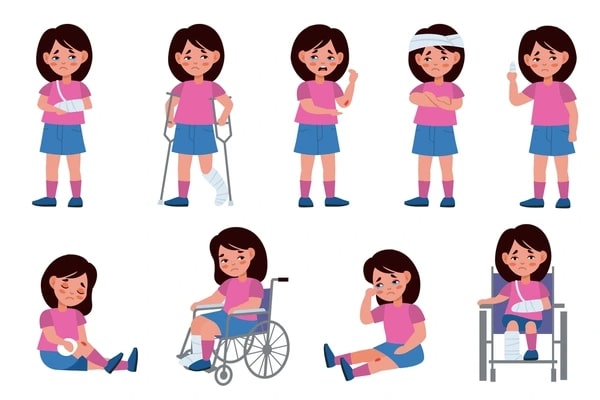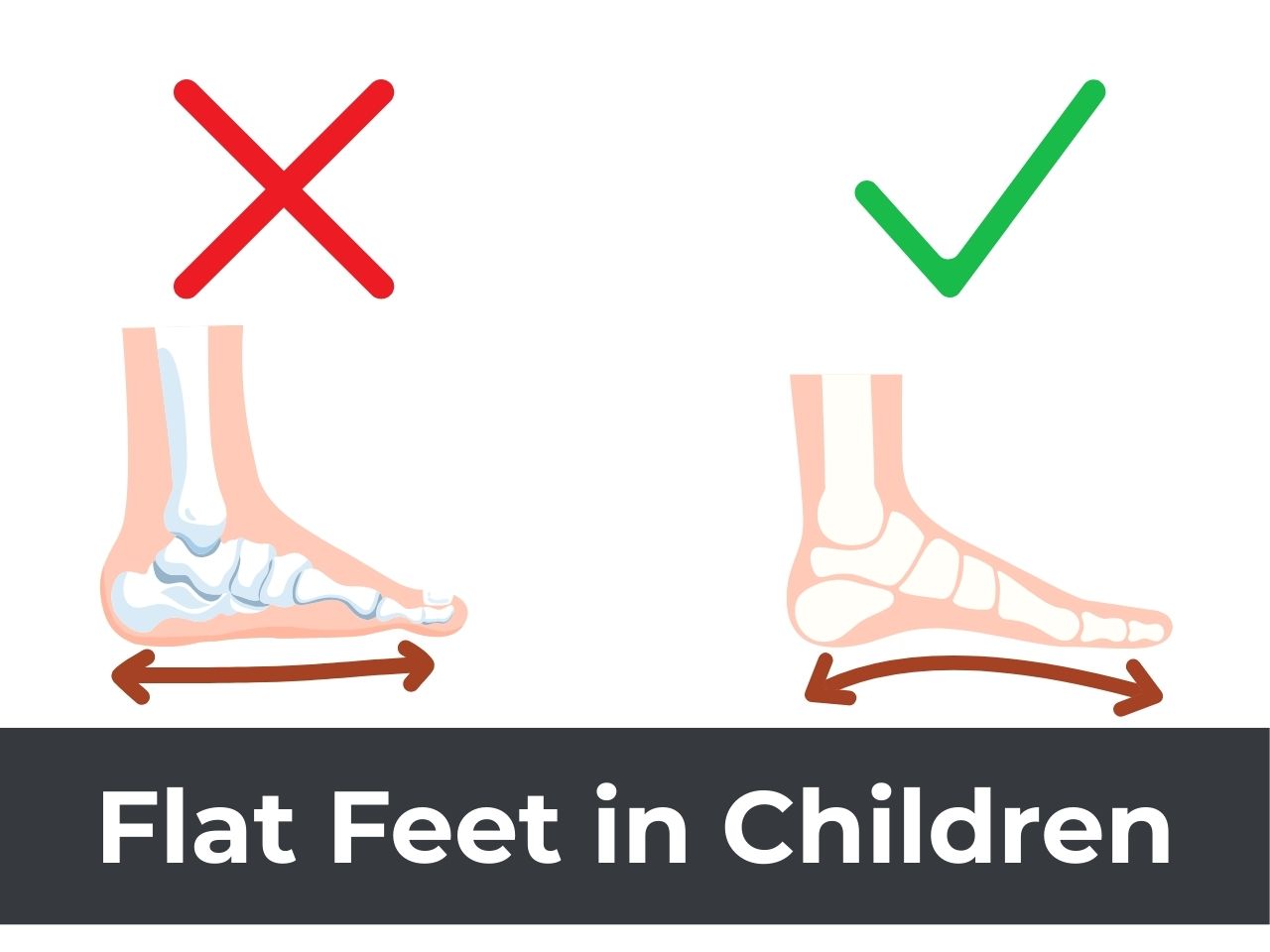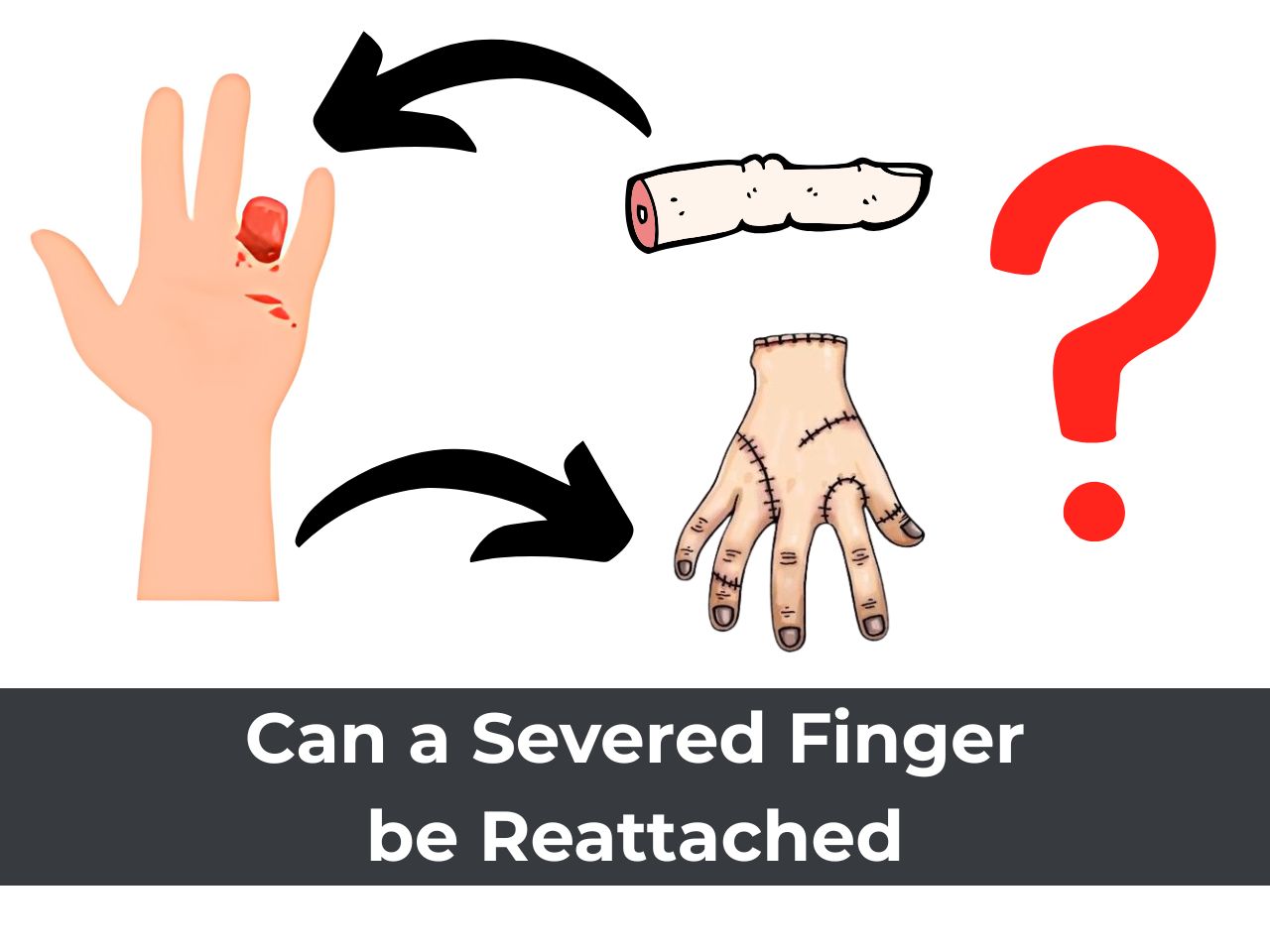Brief Clinical Case Summary:
A 14-years-old male child presented with progressive bilateral genu valgum (knock knees), which was affecting his gait and causing discomfort. The deformity had become more pronounced over the last two years, and he was facing functional difficulties, particularly while walking and running.
After clinical and radiological evaluation, he was diagnosed with bilateral genu valgum due to idiopathic causes. The deformity measured 8 degrees on the Right side (aLDFA 76 degrees) and 9 degrees on Left side (aLDFA 75 degrees), with the mechanical axis deviated through Zone 3 laterally (Figure 1).


Figure 1: Clinical photograph and pre-operative X-ray of 12 years old male child with bilateral genu valgum deformity.
Hemi-epiphysiodesis versus Osteotomy: How to choose?
Calculation of time needed for correction: The rate of correction after hemiepiphysiodesis by application of femur eight plate is about 0.8 degrees per month. The child needed a correction of 7 degrees on the Right side and 8 degrees on the Left side. Hence it was anticipated that after eight plate surgery, the deformity would be corrected in about 10 months.
Calculation of growth remaining: The child’s elbow AP and lateral X-rays were obtained for calculation of bone age by Sauvegrain method. The child’s Sauvegrain score was 24 which translated into a bone age of 14.1 years. This implied that the child had 11 months of growth remaining .
Since the growth remaining was just enough for correction of deformity by eight plate hemiepiphysiodesis, decision was taken to treat the child’s deformity by eight plate hemiepiphysiodesis method.


Figure 2: The child’s bone age was calculated from elbow AP and lateral X-rays by using Sauvegrain bone age method.
Brief description of surgery done:
The child was recommended bilateral distal femur eight plate hemiepiphysiodesis surgery. The surgery consists of placement of an eight-plate with screws at the medial distal femur on both sides to restrict further valgus growth while allowing correction to occur gradually as the child continues to grow.
Post-operative correction of deformity:
After surgery, the child was monitored clinically as well as radiologically for correction of the deformity. Clinically, the thigh leg angle and inter-malleolar distance showed progressive improvement. Radiologically, the screws of the eight plate showed progressive divergence indicating deformity correction. Also aLDFA progressively improved towards normal.
Correction of deformity occured over a period of 10 months after surgery as anticipated in pre-operative calculations (Figure 3).


Figure 3: 10 months post-operative clinical photograph and X-ray shows correction of deformity.
In which situations can eight plate hemiepiphysiodesis surgery be performed?
Eight-plate technique is an excellent method for treating genu valgum in children with open growth plates, where the time required for deformity correction is lesser than the growth remaining.
When eight plate growth modulation may not work?
There are certain situations where eight plate growth modulation may not be effective or appropriate:
Closed Growth Plates: If the child is near the end of their growth, or the growth plates are already closed, growth modulation will not be effective, and osteotomy would be required for correction.
Severe Angular Deformities: When the degree of deformity is too severe, growth modulation alone may not provide sufficient correction, and an osteotomy may be necessary for immediate alignment.
Diseased physis: In cases where the valgus deformity is secondary to metabolic or genetic conditions (e.g., rickets or skeletal dysplasias) or the physis is damaged (e.g. due to preceding fracture or infection), simple guided growth may not be enough to correct the deformity, and more complex treatment may be required.
Conclusion:
While eight plate growth modulation is an effective method of correction of genu valgum deformity in children, accurate case selection by calculation of time needed for correction and amount of growth remaining is essential to ensure success.
_ By Dr Sandeep Vaidya, Paedictric Orthopaedic Surgeon, Pinnacle Orthocentre Hospital. For more information, mail drsvvaidya@gmail.com/ call 7028859555.






0 Comments